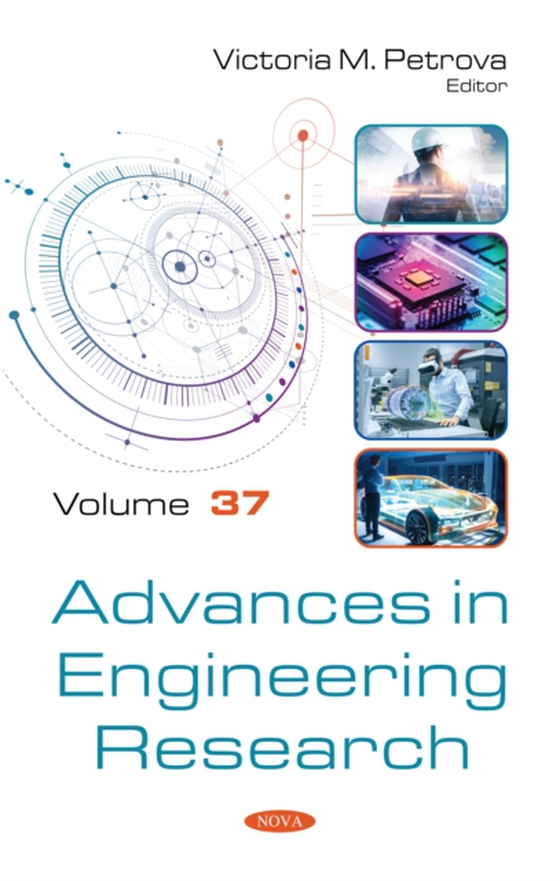
Advances in Engineering Research. Volume 37 e-bog
2921,57 DKK
(inkl. moms 3651,96 DKK)
Advances in Engineering Research. Volume 37 opens with an analysis of the advantages and mechanisms of ink-jet printing techniques in negative temperature coefficient thermistor ceramics, mainly exploring the basic requirements to ink-jet print ceramic microspheres/beads. The authors go on to provide a brief historical review of the science of natural convection from vertical cylinders, followe...
E-bog
2921,57 DKK
Forlag
Nova
Udgivet
13 oktober 2020
Længde
225 sider
Genrer
Engineering: general
Sprog
English
Format
pdf
Beskyttelse
LCP
ISBN
9781536183627
Advances in Engineering Research. Volume 37 opens with an analysis of the advantages and mechanisms of ink-jet printing techniques in negative temperature coefficient thermistor ceramics, mainly exploring the basic requirements to ink-jet print ceramic microspheres/beads. The authors go on to provide a brief historical review of the science of natural convection from vertical cylinders, followed by an in-depth review and summary of the major developments in the last 20 years. A survey of frequently encountered classes of convection systems is presented, as well as a cursory introduction to how the concepts and relations derived for a generalized buoyancy-induced flow system may be adapted to each. Solution optimization for task scheduling using a hybrid cuckoo algorithm is discussed. Cuckoo search is an effective algorithm focused on swarm intelligence, efficient for solving highly non-linear optimization problems. Subsequently, heat transfer characteristics of an open cubic cavity of side 0.034 m with thermally insulated side-walls, bottom at constant temperature and top open to the environment is studied experimentally. The authors present frequency domain equalization techniques for single-carrier and orthogonal frequency-division multiplexing. The described techniques are classic approaches including least squares, zero-forcing, and more. Following this a comprehensive design and implementation based on the STM32 microcontroller is proposed for a two-wheel self-balancing robot. In addition, mathematical modeling is performed based on the thermal behavior of an underground substation of an energy concessionaire in the southern region of Brazil. Lastly, an original architecture of residual neural network using skeleton data is proposed. A new complex linear layer aimed at retrieving the internal relationships of neural cells is discussed.
 Dansk
Dansk

